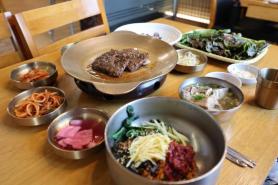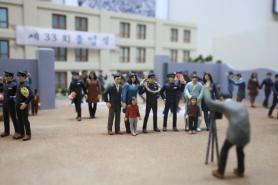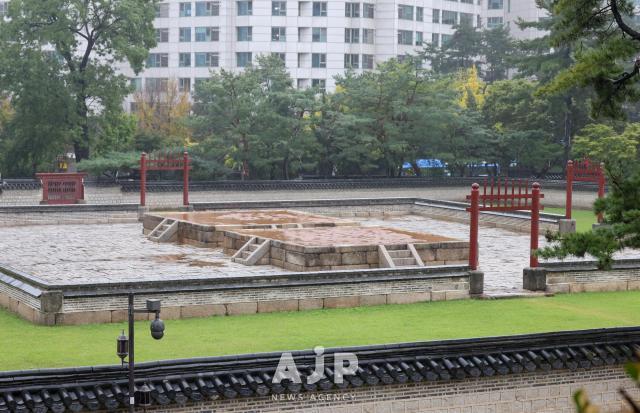
SEOUL, October 15 (AJP) - On Oct. 11, 2025, calm autumn air filled Sajikdan in Seoul’s Jongno District. Seoul, the capital of the 500-year Joseon Dynasty and the heart of modern Korea, is known for Gyeongbokgung Palace. Yet few people realize that equally important sites stand on both sides of it — Jongmyo and Sajik. The phrase often heard in historical dramas, “Your Majesty, protect Jongmyo and Sajik,” refers to these two sacred places.
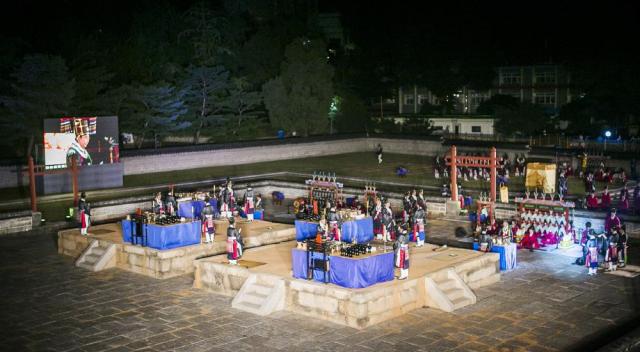
The history of Joseon began with Jongmyo and Sajik. When King Taejo Yi Seong-gye founded the dynasty and moved the capital to Hanyang, he built Jongmyo to the east of Gyeongbokgung and Sajik to the west. Jongmyo and Sajik symbolized the foundation and prosperity of the state. Jongmyo was a shrine for the spirits of past kings and queens, while Sajik was an altar to the gods of land and grain. Jongmyo represented political stability through royal lineage, and Sajik symbolized agricultural abundance, the core of the people’s livelihood. Offering rituals to pray for good harvests and the peace of the people was a vital duty of the nation.
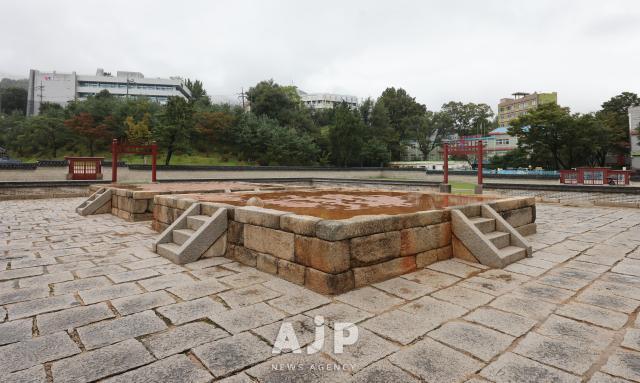
Sajikdan consists of two main parts: the altar grounds and the Jeonsacheong area. At the center of the altar site stand two main altars — the eastern altar for the god of land and the western altar for the god of grain. Surrounding them are double stone walls, reflecting the ancestors’ will to preserve sacred boundaries. A red gate called *Hongsalmun* marks the outer wall, and the ceremonial pathway, *Hyangchuk-ro*, carries an air of dignity as it leads toward the altars.
Outside the main altar area lies Jeonsacheong, where everything related to the Sajik Daeje — the state ritual to the gods of land and grain — was managed. The building was destroyed during the Japanese occupation but was restored in 2022. Inside, the simple yet refined ritual utensils and offerings reveal the devotion of the people who prayed for the peace and prosperity of the nation.
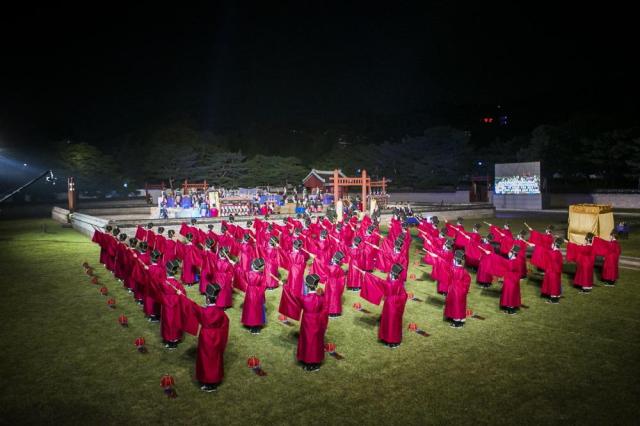
While the Jongmyo Jerye and its accompanying music were designated as UNESCO Intangible Cultural Heritage in 2001 and are widely known, the Sajik Daeje remains less familiar. The Sajik Daeje is a national ritual dedicated to the deities of earth and grain. It was as significant as the Jongmyo rites during the Joseon period, but was abolished during Japanese rule. In 1988, ahead of the Seoul Olympics, the restoration of Sajikdan began, and the Sajik Daeje was revived. The ceremony is now held every year in late September.
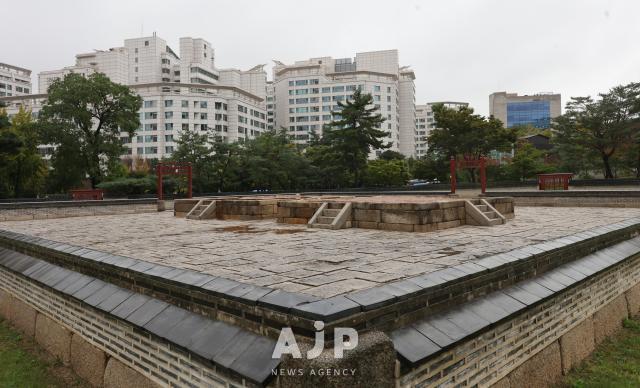
Through 500 years of history, Sajikdan has endured countless hardships. It was damaged during the Japanese invasions of the late 16th century and repaired under King Gwanghae, but in 1922 the Japanese authorities dismantled the auxiliary facilities and turned the site into Sajik Park. Sajik altars once stood across the country, but most were destroyed during the colonial era. Today, few have been restored to their original form. Sajikdan is designated as Historic Site No. 121 and listed as a national treasure, though public awareness remains limited. The restoration of Anyangcheong, the incense and prayer archive, is now underway and will be completed by 2027.
As K-culture continues to draw global attention, from K-pop to traditional arts, sites like Sajikdan remind us that beneath Korea’s modern culture lies a much older heritage — the enduring spirit and faith that shaped the nation’s roots.
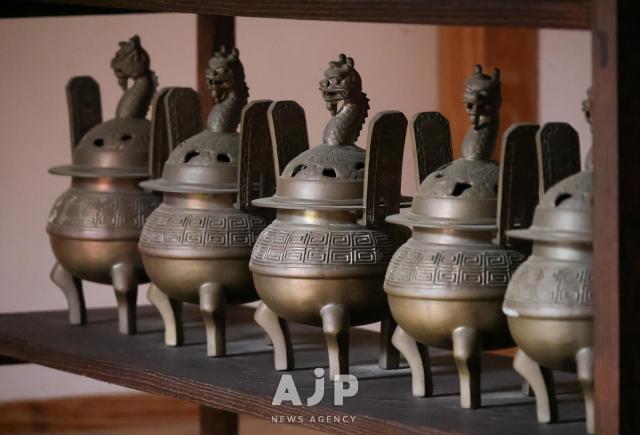
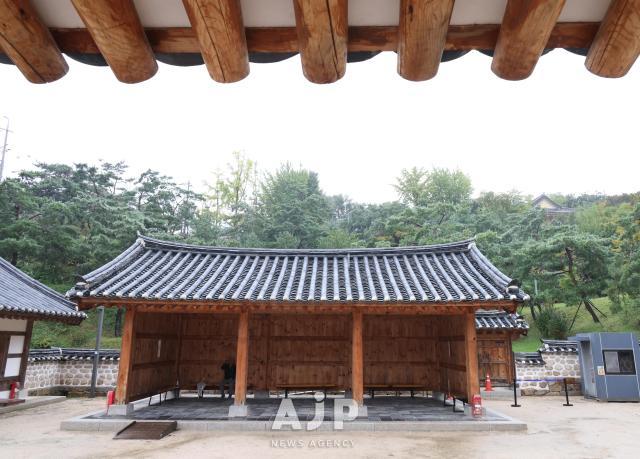
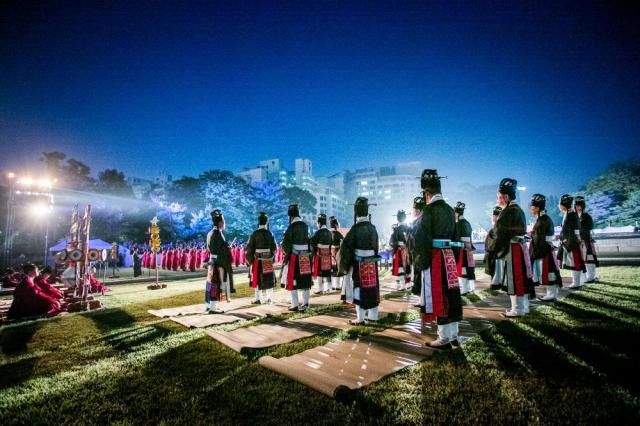 The Sajik Daeje ceremony held at night. Jongyakwon
The Sajik Daeje ceremony held at night. Jongyakwon
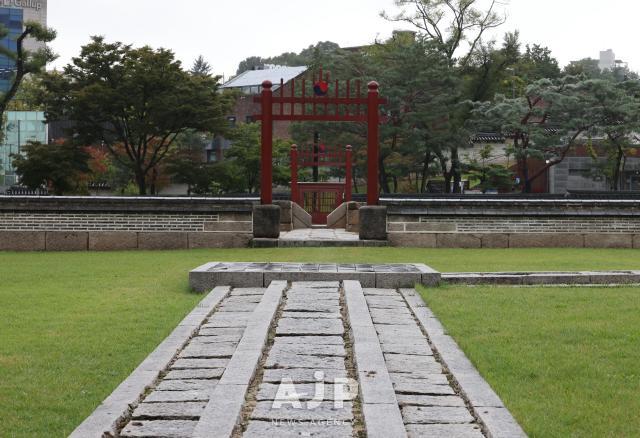
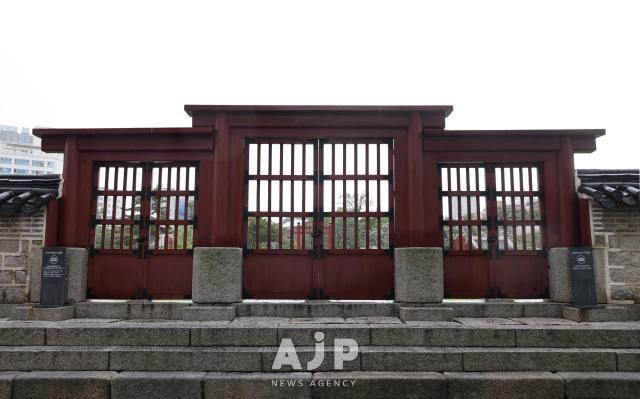
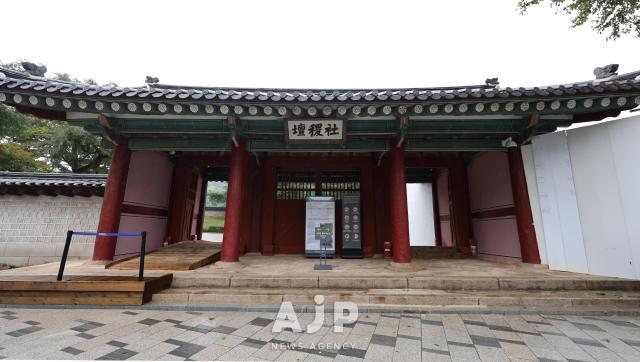 Main Gate of Sajikdan. AJP Yoo Na-hyun
Main Gate of Sajikdan. AJP Yoo Na-hyun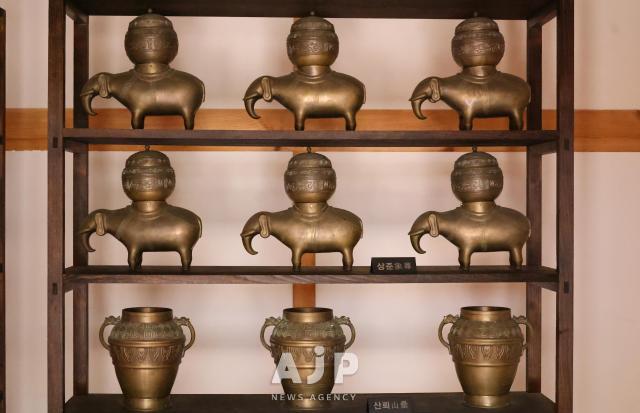
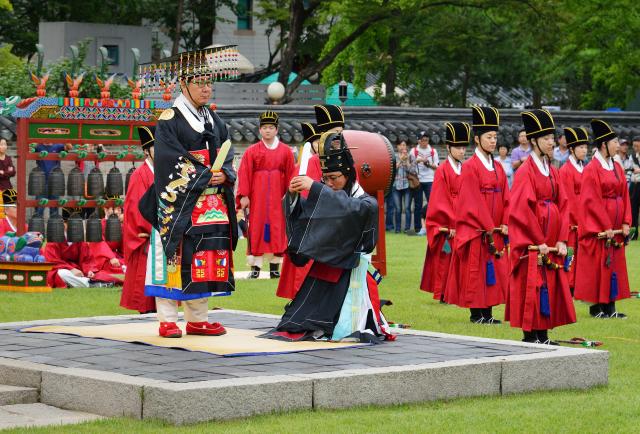
Copyright ⓒ Aju Press All rights reserved.

